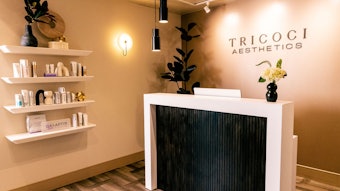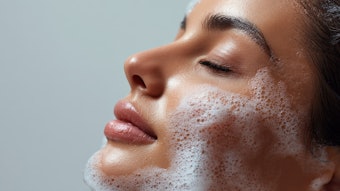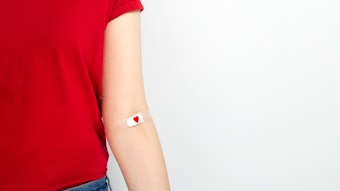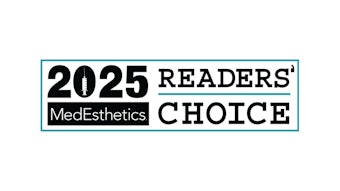
The misuse of at-home medical devices topped ECRI's list of the top 10 safety hazards related to technology. Other medial aesthetics-related concerns included the mishandling of AI and data safety.
ECRI reports that many medical devices, such as infusion pumps and ventilators, that are designed for use by healthcare professionals in a controlled clinical environment may be too complex for laypeople to use safely and effectively. The home setting can also introduce environmental limitations that impact device operation. Severe harm can result if patients or their caregivers do not fully understand how to use a device and troubleshoot problems that arise.
Related: FDA Issues Warning on Certain OTC Analgesic Topical Products
Consumer products may not collect the same signals as traditional medical devices. ECRI provided the example of a medical-grade ECG monitor used to monitor and display heart rate and cardiac waveforms in a clinical setting compared to a consumer fitness tracker that reads and displays heart rate, which collects the pulse rate using an electronic sensor embedded in a wristband. The fitness tracker may not be FDA-cleared to diagnose specific cardiac conditions that the medical-grade ECG monitor is cleared for.
There are also unique issues for home devices of not fulfilling marketing claims and not reaching consumer expectations. ECRI notes that consumer products are generally reliable about placing warnings on their products, cautioning that they are not medical devices and are not intended for use in preventing or diagnosing medical conditions. Nevertheless, consumers may adopt them for monitoring or identifying situations that may require medical attention, not realizing their unsuitability for those situations.
ECRI noted that there are a multitude of examples of patient harm in the home setting, from medication errors that resulted from a switch to an unfamiliar infusion pump to tragic fatalities that occurred when a ventilator alarm failed to activate, or when a venous needle became dislodged during hemodialysis.
Minimizing the risk of harm requires selecting devices that are well-matched to the patient and the environment of use and providing the support that home users need to operate the device successfully.
ECRI challenged manufacturers of devices that may be used in the home to consider user needs in this setting. Device operation should be intuitive, instructions should be written for a lay audience, and user support should be available. Severe harm can result if patients or their caregivers do not fully understand how to use a device and troubleshoot problems that arise.
ECRI warns that despite the influx of AI technology into the medical aesthetics world, the AI systems are only as good as the algorithms they use and the data on which they are trained. Shortcomings in either area can lead to inappropriate responses. Complicating matters for care providers is that they have little visibility into the methodology used by the AI to reach decisions and the data on which the application was trained. This lack of transparency makes it difficult for healthcare professionals to judge system performance for their specific patient population.
For these reasons, ECRI believes healthcare institutions need to establish a robust AI governance program that addresses all phases of technology adoption and use. More assessment of risk and potential impact on patient care should be considered at all stages of development, from system considerations and maintenance to the actual procurement and implementation of the AI functionality.
Since 2008, ECRI has issued its list of the top 10 safety hazards related to technology. The organization conducts independent medical device evaluations, drawing insight from incident investigations, reporting databases, and independent medical device testing. The list is intended as a tool for hospitals, health systems, ambulatory surgery centers, and manufacturers as a way to identify and mitigate risks











